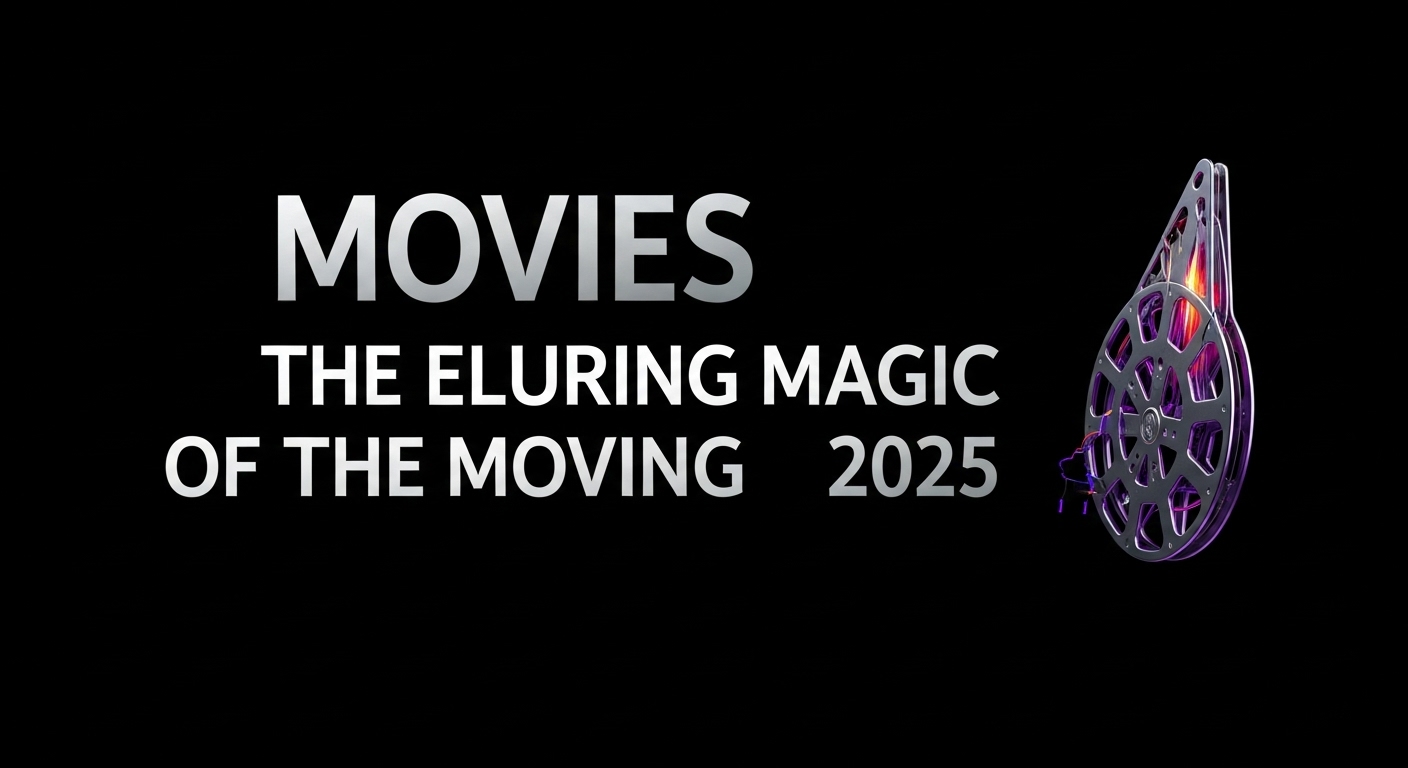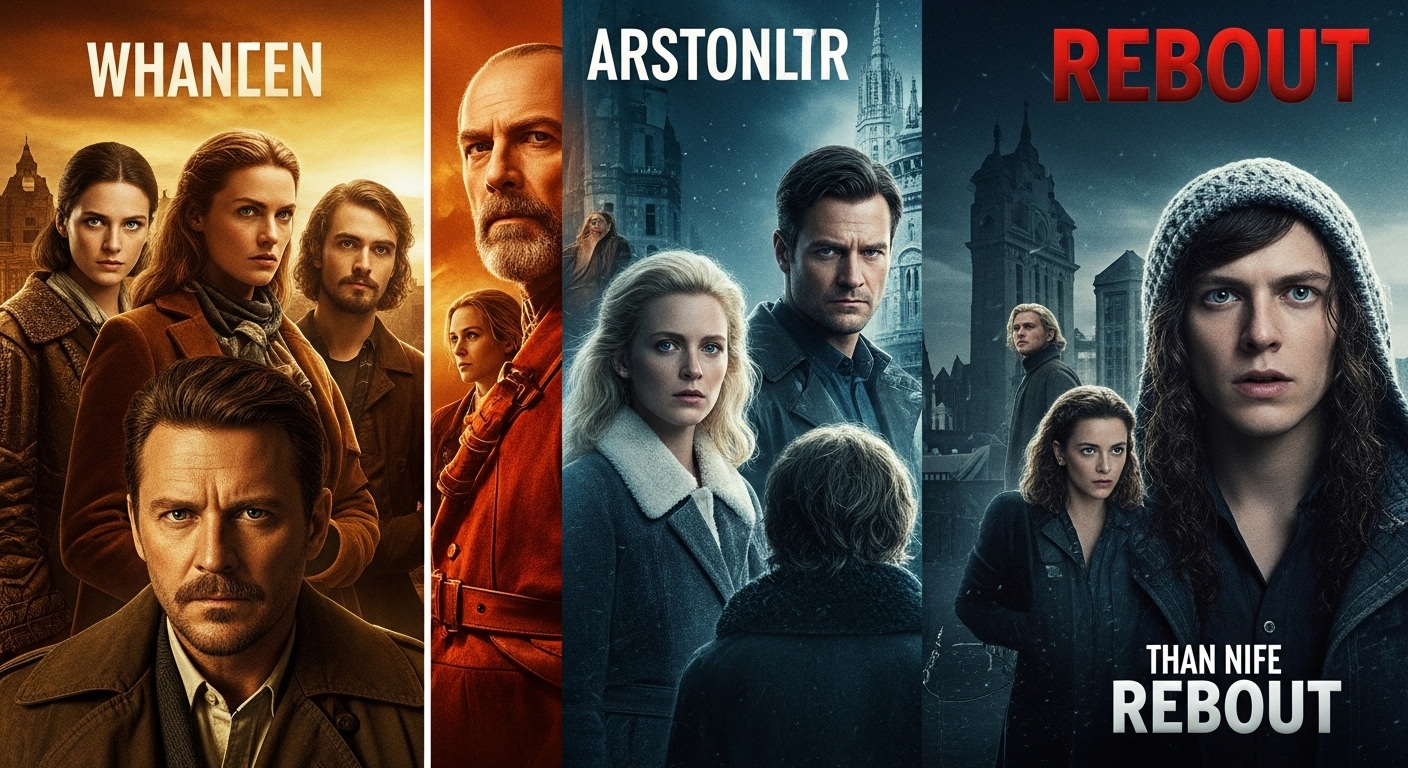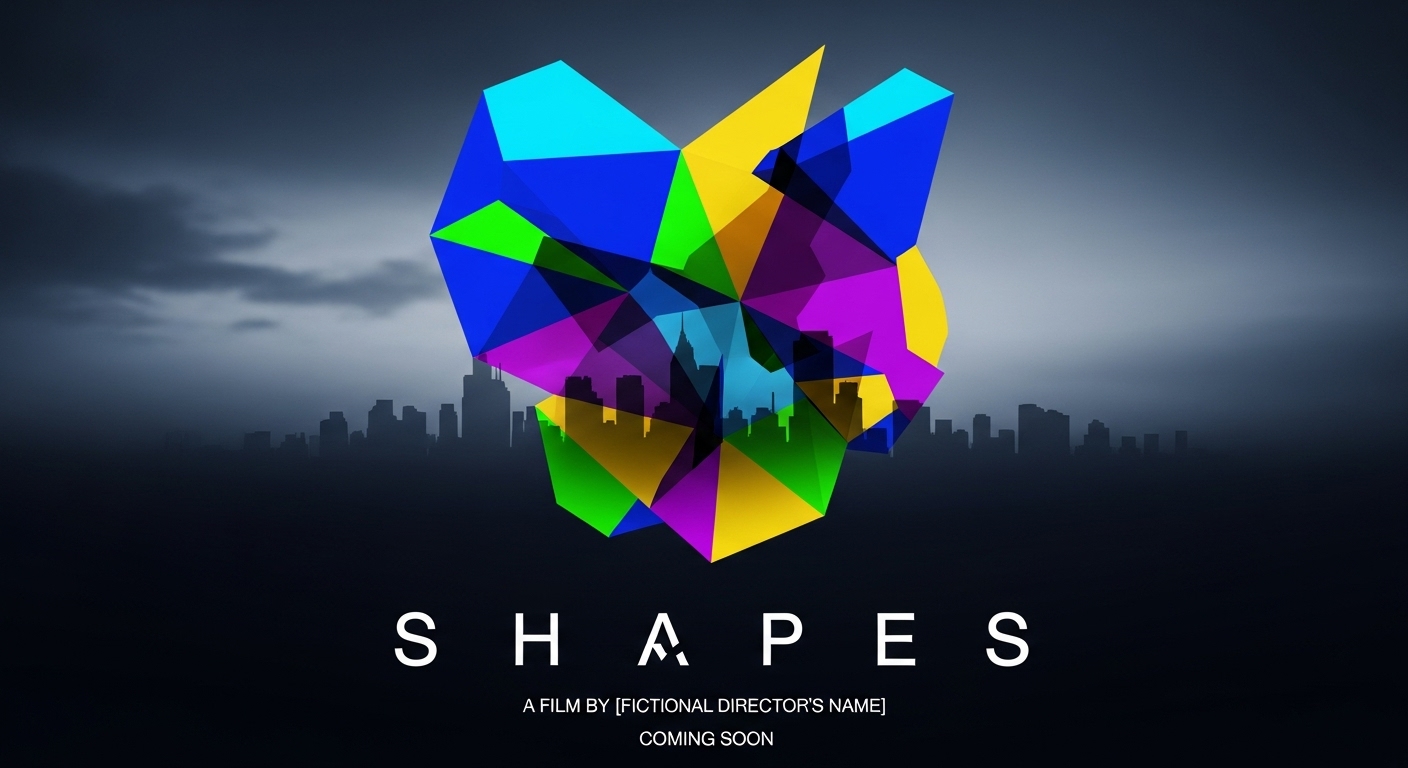From the flickering shadows of early projectors to the breathtaking clarity of 8K screens, “movies” have captivated audiences for well over a century. More than just a form of entertainment, cinema is a powerful medium for storytelling, a mirror reflecting society, and a universal language that transcends cultural barriers. As of mid-2025, the experience of settling into a darkened hall, or the comfort of one’s home, to be transported by a story unfolding on screen remains an irresistible allure, felt keenly even in the bustling city of Faisalabad.
The Art of Storytelling: A Diverse Canvas
At its heart, a movie is a sequence of images (and sound) that creates the illusion of movement, designed to tell a story or convey an experience. The world of cinema is incredibly diverse, encompassing a vast array of genres that often blend to create rich, complex cinematic experiences:
- Action: High-octane thrillers with chases, fights, and explosions (e.g., Top Gun: Maverick, the upcoming Afterburn).
- Adventure: Epic journeys to exotic locales (e.g., Avatar series).
- Comedy: Designed to evoke laughter, from slapstick to witty satire (e.g., Pakistan’s Love Guru).
- Drama: Explores complex human emotions and relationships, often with high stakes (e.g., Oppenheimer).
- Fantasy: Immersive worlds of magic and mythical creatures (e.g., The Lord of the Rings).
- Horror: Crafted to frighten and thrill audiences with suspense and terror (e.g., the upcoming Deemak).
- Musicals: Stories told through song and dance.
- Mystery/Thriller: Focus on suspense, intrigue, and unraveling secrets.
- Science Fiction: Explores speculative concepts, often set in the future or alternate realities (e.g., Tron: Ares).
- Animation: Bringing drawings, CGI, or stop-motion to life (e.g., Inside Out 2, The Bad Guys 2).
- Documentary: Non-fiction films presenting real events and information.
A Century of Silver Screens: The Evolution of Cinema
The journey of movies began in the late 19th century with pioneers like the Lumière brothers, who projected short films to paying audiences. The early 20th century saw the rise of silent films, where expressive acting and live musical accompaniment were key. The advent of “talkies” in the late 1920s revolutionized the industry, leading to Hollywood’s “Golden Age” with its studio system and iconic stars.
Post-World War II, cinema faced challenges from television but adapted by introducing widescreen formats, color, and eventually, the blockbusters of the 1970s and 80s that reshaped the theatrical experience. The late 20th century saw the rise of independent cinema, diversifying storytelling.
Pakistani Cinema: A Resilient Journey and Current Revival
In Pakistan, the history of cinema began even before independence, with Lahore emerging as a major hub. The nation’s first feature film, Teri Yaad, was released in 1948. The 1960s were often hailed as the “Golden Era” of Pakistani cinema, affectionately known as Lollywood, producing a vibrant array of Urdu and Punjabi films that attracted massive audiences. Faisalabad itself had a rich cinema culture, with numerous cinemas like Nishat, Nadir, Tariq, and Rio. However, many have since been repurposed into shopping plazas due to changing trends and industry decline.
After a period of significant decline in the late 20th and early 21st centuries (due to factors including censorship, lack of quality productions, and the rise of home entertainment), Pakistani cinema has been experiencing a notable revival since the 2000s, with a shift in the industry’s center of gravity towards Karachi. This “New Wave” has focused on high-quality productions, attracting families back to modern multiplexes.
Current Trends in Pakistani Cinema (Mid-2025):
- Diverse Releases: 2025 is seeing a varied slate of Pakistani films. Recent Eid-ul-Fitr releases like The Martial Artist, Kabeer, Ishq-e-Lahore, Qulfee, Half Fry, and Lambi Judaai showcase action, romance, and comedy.
- Anticipated Blockbusters: Films like Nadeem Baig’s Love Guru, starring Humayun Saeed and Mahira Khan, are highly anticipated, with its trailer even gracing Times Square, signaling a new era of ambition and potential. Deemak is set to bring spine-chilling horror, while Delhi Gate (slated for October 2025) promises action and drama.
- Focus on Quality and Narrative: There’s a continued push for better scripts and unique stories that resonate with modern audiences, moving beyond repetitive storytelling.
- International Recognition and Distribution: Pakistani filmmakers are increasingly looking towards digital platforms like Netflix and Amazon Prime to reach global audiences, although challenges remain in consistently meeting international standards for frequent placement on these platforms.
- Investment and Infrastructure: The industry still faces challenges related to attracting consistent investment, developing modern production studios, and expanding the limited number of cinema screens (down to around 135 from 981 three decades ago). However, the success of recent blockbusters like The Legend of Maula Jatt (2022) indicates immense potential when the right investment and talent converge.
The Digital Revolution and the Future of Movies
Technology continues to profoundly reshape every aspect of filmmaking and consumption:
- Digital Filmmaking: The complete transition from film stock to digital cameras offers unprecedented resolution (4K, 8K), flexibility, and affordability, democratizing filmmaking for independent creators.
- Advanced Visual Effects (VFX): Computer-Generated Imagery (CGI) is increasingly sophisticated, creating fantastical worlds, realistic creatures, and spectacular action sequences. AI is becoming integral to pre-production for storyboarding, concept design, and even automating certain VFX processes.
- Streaming Services Dominate Consumption: Platforms like Netflix, Amazon Prime Video, and Disney+ have fundamentally altered content distribution, offering on-demand viewing and heavily investing in original content. This has led to hybrid release models, with some films simultaneously launching in cinemas and on streaming, significantly impacting cinema attendance, particularly in Pakistan where audiences are increasingly opting for home viewing on LEDs and mobile screens due to convenience and cost.
- Immersive Experiences: The future of cinema is leaning towards more immersive experiences. While early, Virtual Reality (VR) and Augmented Reality (AR) are poised to offer audiences the chance to step into narratives. Advanced specialized theaters with cutting-edge sound and projection (like IMAX, Dolby Cinema) continue to offer premium viewing experiences, attempting to draw audiences back from home entertainment.
- User-Generated Content and Interactive Films: The lines are blurring between creators and consumers. More platforms are experimenting with interactive films, where audience choices influence the narrative.
While the rise of streaming services has presented significant challenges to traditional cinema attendance globally, including in Pakistan, the communal magic of watching a film on a large screen with a shared audience remains a powerful draw. The film industry is adapting by focusing on premium, eventized theatrical releases and enhancing the cinema experience itself.
Movies continue to be a vital part of our cultural fabric, endlessly innovating in their storytelling and technological delivery. Whether it’s the latest Pakistani blockbuster showcasing local talent and narratives in a Faisalabad multiplex, or a global cinematic masterpiece streamed into our homes, the allure of the moving image remains as potent as ever, continuing to entertain, educate, and inspire.



